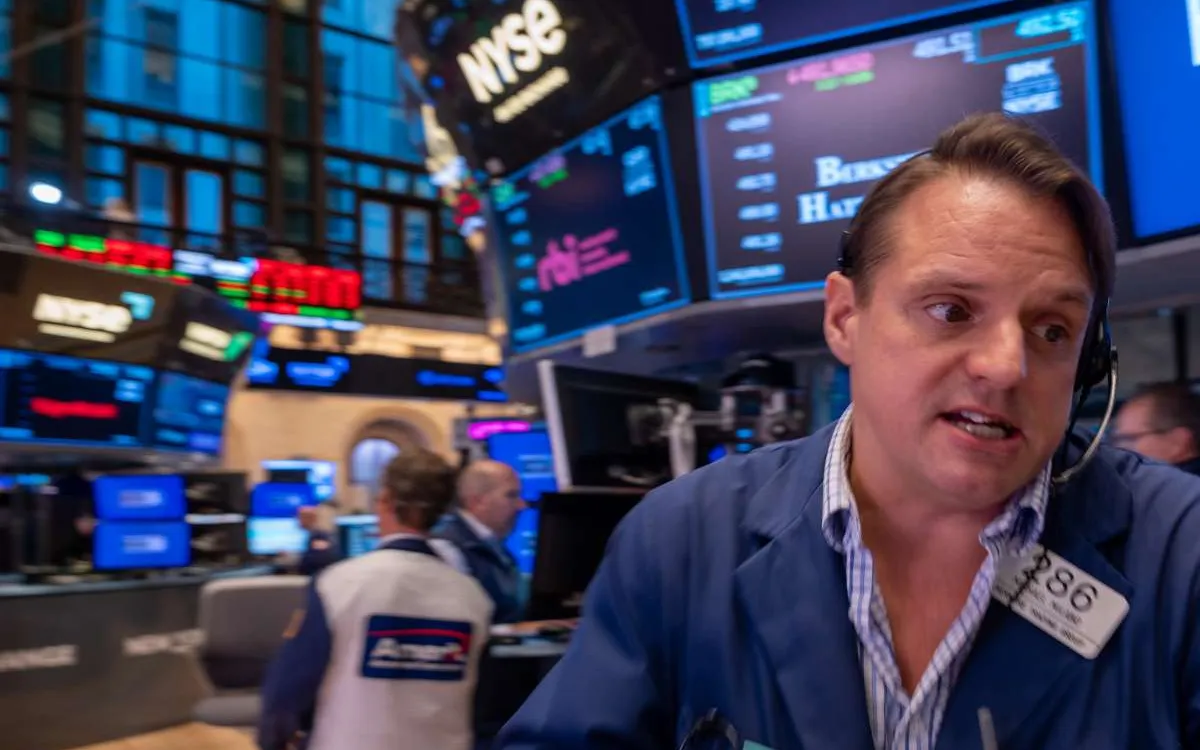
The debate surrounding whether we are experiencing an AI boom or an AI bubble has become one of the most critical discussions on Wall Street recently. Investors are divided; some perceive similarities between the current market trends of companies like Nvidia (NVDA) and OpenAI and the infamous Dotcom Bubble. Others argue that today’s AI boom is backed by highly profitable tech giants, whose valuations are not as inflated as those of their Dotcom-era counterparts.
As large tech companies ramp up their AI spending, the landscape is witnessing an influx of businesses eager to capitalize on the booming market. This AI buildout has invigorated the sales of traditionally less glamorous, steady businesses, transforming their stocks into attractive growth names. Additionally, it has inflated the stock prices of emerging companies that are still years away from achieving self-sufficiency, creating pockets of excessive speculation within a high-priced AI ecosystem.
To better understand the current market dynamics, Investopedia identified 75 companies frequently labeled as AI beneficiaries by Wall Street analysts. These companies were categorized into five distinct groups: cloud computing providers, semiconductor makers, software companies, power providers, and networking, storage, and cooling equipment makers. Notably, some companies, such as Microsoft (MSFT), span multiple categories; however, their classification was based on the aspect most central to their AI business today. In Microsoft’s case, its cloud revenue serves as the best indicator of its AI ventures, leading to its classification as a cloud provider.
Among the five categories analyzed, power provider stocks have experienced the most significant valuation increases. The median price-to-sales (P/S) ratio for power providers is projected to reach 4.53 in 2025, nearly three times the median ratio of 1.52 observed in 2023. Following closely are networking, storage, and cooling providers, with a median P/S ratio of 4.45 in 2025, up from 2.09 in 2023. Cloud providers also saw substantial growth, with their P/S ratio climbing from 6.34 to 10.5 during the same period.
Power providers are unique in that they host a higher number of unprofitable companies compared to other categories. In fact, five out of the 14 companies within this power basket are anticipated to report a loss this calendar year, making the use of the P/S ratio more relevant than the traditional price-to-earnings ratio.
The demand to establish data centers capable of training and running AI models has ignited a parallel race to generate and transmit the substantial amounts of electricity these facilities require. Nuclear energy has garnered attention from tech firms for its efficiency and minimal carbon footprint. Companies like Microsoft, Amazon (AMZN), Alphabet (GOOG), and Meta (META) have signed multi-billion dollar contracts with nuclear power operators such as Constellation Energy Corp. (CEG) and Vistra (VST), both of which have experienced significant stock price increases over the past two years.
However, in their eagerness to secure reliable energy sources, technology companies and investors have also invested in nuclear tech startups, some of which lack operational generators or the necessary regulatory approvals. For instance, shares of small modular reactor maker NuScale Power (SMR) doubled in value between January and mid-October, reaching a peak valuation of over $15 billion despite reporting only $37 million in revenue last year and not expected to become profitable until 2029.
Similarly, nuclear tech startup Oklo (OKLO) saw its market capitalization reach a high of $25.7 billion earlier this month, representing a staggering 720% increase since the beginning of the year. Notably, Oklo is the only company among the 75 analyzed that is projected to report no revenue this year, with analysts predicting it will achieve profitability by 2030.
It’s important to note that not all companies in the AI sector are nuclear-focused. For example, Fermi (FRMI), which is developing a vast AI data center in the Texas Panhandle, went public at a valuation exceeding $19 billion shortly after its founding in January. Fermi intends to create 11 gigawatts of computing capacity, utilizing on-site nuclear, natural gas, wind, and solar energy sources, with plans to break ground on its first data center by March and to have about 1 GW of capacity operational by the close of 2026.
Recently, AI power stocks experienced a tumultuous week, highlighting the extent to which their valuations are influenced by changing investor sentiment. Constellation Energy and Vistra both saw their stock prices drop more than 10% in the first half of the week, alongside GE Vernova (GEV), whose turbines are in high demand from data center operations leveraging the abundant natural gas supply in the South. Despite these fluctuations, all three companies ended the week with relatively unchanged values.
The impacts on emerging companies were even more pronounced. NuScale, Oklo, and Fermi all experienced declines of over 25% between Monday's market opening and midday Wednesday but managed to rebound slightly, concluding the week with losses in the low to mid-teens percentage range.
As we navigate this complex landscape, the critical question remains: are we witnessing a genuine AI boom fueled by sustainable investments, or are we teetering on the edge of an AI bubble that could lead to significant market corrections? Investors and analysts alike will be watching closely as the dynamics of this rapidly evolving market continue to unfold.